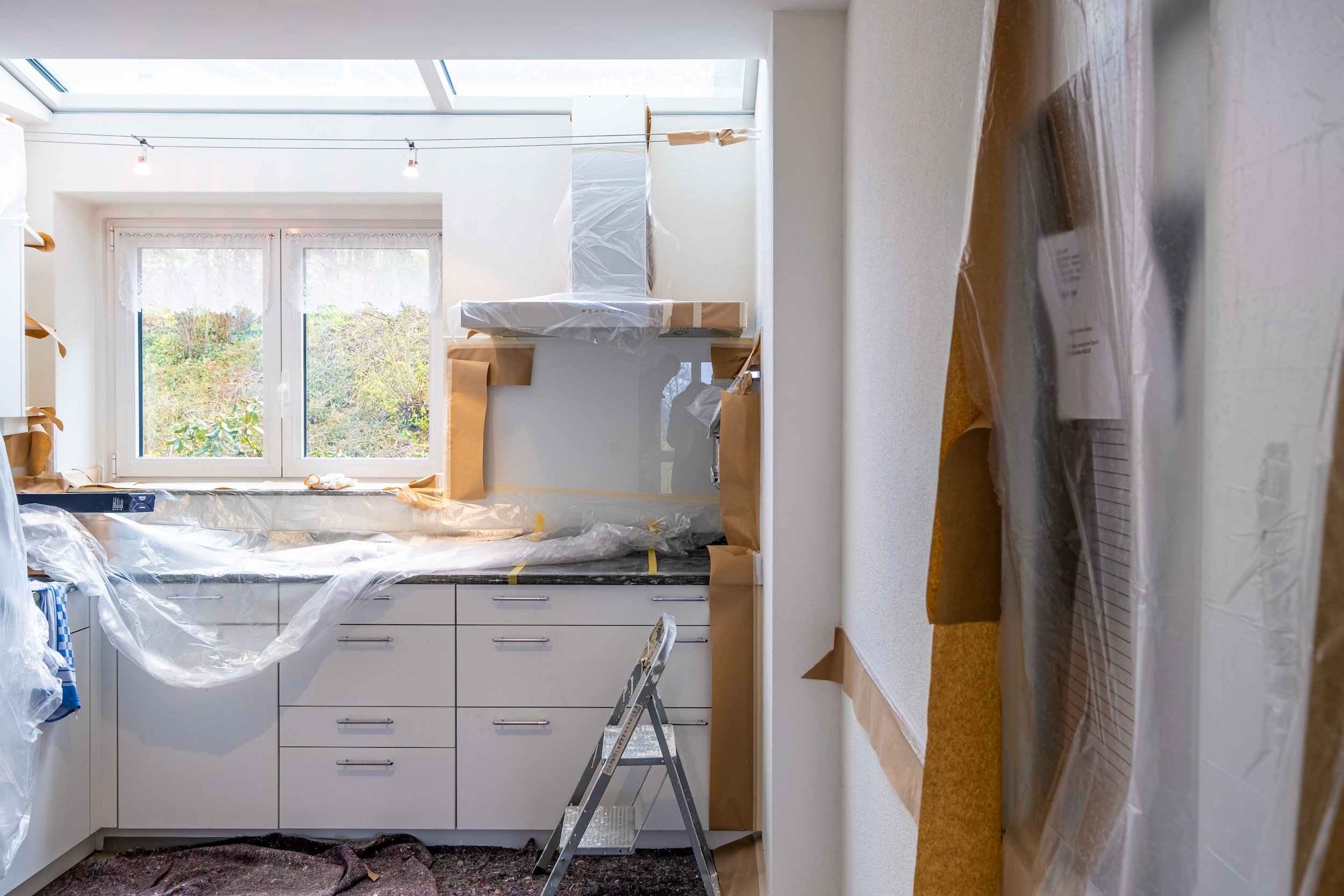Financing Home Projects: Here’s What to Think About
/Here is a new blog post from a guest author contributing to
Lang’s Kitchen & Bath’s website. All views expressed are those of the author.
We hope you find this topic helpful!
Home projects can often be stressful to take on, but with the right preparation, you can achieve your desired results and be satisfied with the improvements you’ve made. There are various aspects you’ll want to consider in order to flawlessly achieve your home project goals.
From getting organized to planning your projects and determining budgets and payment methods, having these all figured out will be a great way to kick start your home improvement projects.
Get Organized & Research
Before taking on various home projects, it’s best to get organized and have a plan. Getting organized is a great way to set yourself up for success and can help alleviate any issues you may come across throughout the duration of your project.
To start, evaluate your current financial standing to make sure you are in a position to cover any added expenses that may come with a home improvement project. Next, vet through your options and work with a contractor to identify what projects you need to prioritize for your home. At times you may find that some projects can be put off, while others may need to get fixed right away.
As you get organized, utilize a budgeting app or a spreadsheet to help keep you on track financially throughout the duration of the projects. Having these tools are useful ways to ensure that you aren’t going over your spending limit and can allow you to see where you may have some extra wiggle room. Having these mapped out before committing to specific projects prior to their start date is a useful way to hold yourself accountable.
Prioritize Projects that Need Attention
Take a broad look at your home and prioritize what needs to get done, possibly for safety reasons or energy efficiency. If you notice that your home could use a variety of updates, make a list and prioritize what to tackle first based on your specialist's feedback. In addition, it’s important to think about the needs and pricing that would work for your budget. For example, if you need a new kitchen but you also need to update your bathroom, based on price and need, what will you work on first?
If your counters and floors have some wear and tear, you have inadequate cabinet and drawer space, or you’re just looking to modernize your kitchen, it is most likely time to consult a contractor. Moreover, mold, peeling paint, and dated fixtures may indicate the need for some bathroom updates. In addition to the considerations mentioned above, think about how your household functions. How many people live in your home? Do you have more than one bathroom that can support the day-to-day needs of your family? Can you devise a plan to feed your family while your kitchen is being revamped? These are just some of the questions you will want to answer when you are considering improving two major rooms in your home.
Once you have an idea of what needs to get done, you can plan out your budget and how you are going to navigate payments.
Determine Project Costs & Budget
Look at what you can afford and the urgency of the projects you want done. For example, replacing a leaky roof takes priority over faded siding. No matter the scope of the project, it’s always a good idea to ask questions of experts in their specialization on how you can maximize your spending for a home project. As you plan out your budget, you’ll want to keep their insight in mind to ensure you are getting the best bang for your buck.
One of the best ways to plan out your budget is to get quotes and estimates from contractors and specialists. Not only can they provide you with the costs, but also the project duration and product options, both of which can directly affect what payment methods you choose to use. Some questions you could ask are:
How long will this project take (will it be done before the winter season)?
What do you estimate the project will cost?
Will there be any extra expenses I should prepare for if more work is needed?
Use the quotes and estimates provided to your advantage. You may find that negotiating between suppliers can greatly benefit you in the long run. Once you receive all estimates, it’s important to, once again, review and reassess your current financial situation. This is so you can accurately incorporate project costs into your monthly income to ensure you can handle the improvements and figure out if you need to look into extra support via other payment methods besides cash up front.
Research Payment Methods
How will you pay for your project(s)? Depending on the scope of the home updates, you may have a plethora of financial options at your disposal. For those who are savvy savers, consider utilizing the money they have saved up. If that person is you, evaluate how much you have in your savings and if you want to dip into it.
You may find that you don’t want to spend most or all of your savings on improvements and want to explore other financial resources to help support your efforts. There are other options such as loans and lines of credit you can use to complete a project if it’s urgent or if you need an extra influx of capital.
If the home improvements consist of bigger scale projects such as tearing down walls or foundation fixes, a home equity line of credit (HELOC) may be a better avenue for you. There are a variety of financial support options to look into. Diligent research is key to determining what works best with your situation.
Speak with your financial advisor or even with the contractor you are working with to see if they have any other options or ideas that can help support your home updates.
Having an idea of your financial situation, the projects you need to take on, and how you’re going to tackle payments for everything is a great way to ensure you’re ready to take on home improvement projects.






